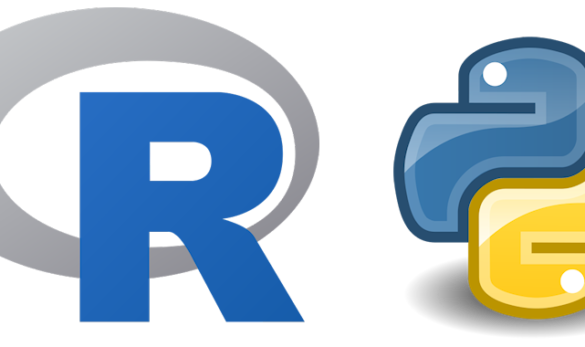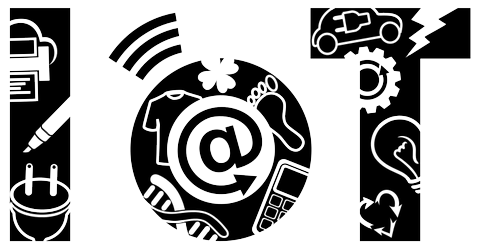Smart Systems and the Internet Of Things are driven by a combination of sensors and actuators, connectivity, people and processes. GPS location data receivers, eyes and ears using cameras and microphone along with sensory organs that can measure everything from temperature to pressure changes. Networked inputs can be combined into bi-directional systems that integrate data, people, processes and systems for better decision making. The interactions between these entities are creating new types of smart applications and services such as smart parking sensors, activity trackers, smart thermostats, smart outlets, etc. Diverse applications include smart cities e.g. transport and mobility, buildings infrastructure, also health, home consumer and more. Compound applications include smart cities and transportation, smart home and healthcare, etc.


